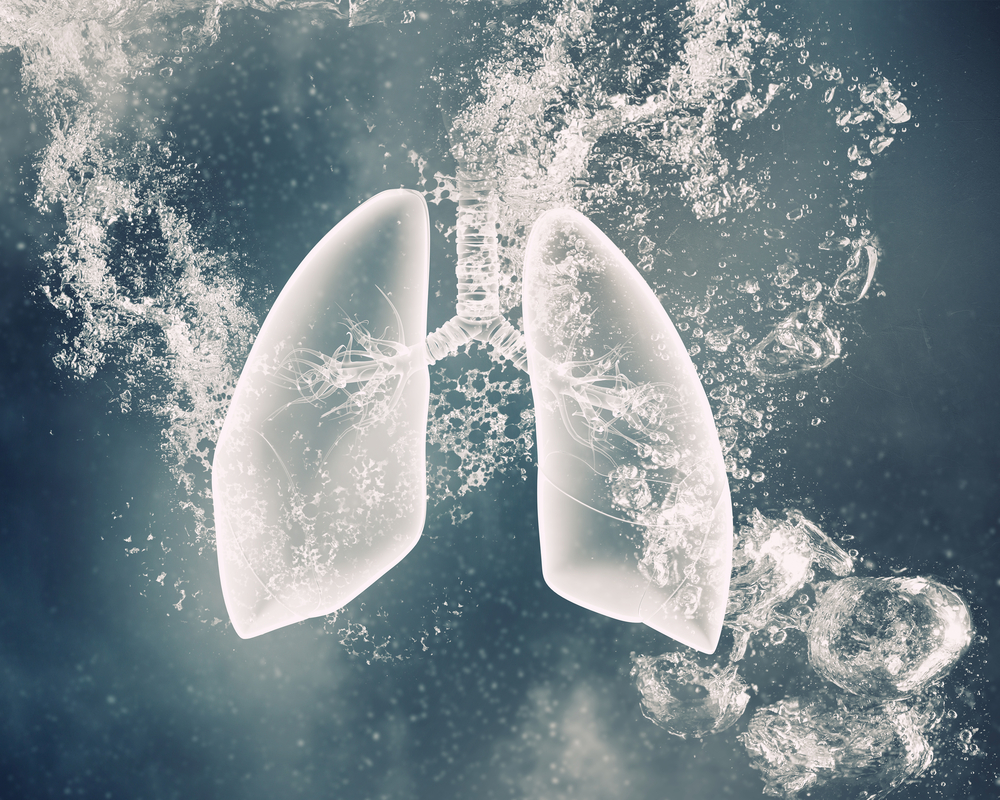Suspected vEDS Case Reveals Rare Bone Formation in Lungs

A man required close monitoring after developing suspected vascular Ehlers-Danlos syndrome (vEDS) associated with diffuse pulmonary ossification, a rare condition characterized by bone formation in the lungs, a case study reports.
Although no disease-causing mutations were detected in genetic testing, the serious complications associated with vEDS warrant close observation, scientists said.
Their study, “A Case of Diffuse Pulmonary Ossification with Connective Tissue Weakness Potentially Due to Vascular Ehlers-Danlos Syndrome,” was published in the journal Internal Medicine.
Patients with diffuse pulmonary ossification are frequently asymptomatic and, as such, are diagnosed only after surgical or post-mortem analysis. The condition may be idiopathic (of unknown origin) or secondary to lung, heart, or systemic conditions that affect the entire body, such as EDS.
Mutations in the COL3A1 gene, the most common cause of vascular EDS, results in fragile blood vessels and connective tissues that are prone to spontaneous rupture. The disease is characterized by thin, translucent skin with iron deposits and a high risk of organ damage due to tissue rupture.
The case report describes a 30-year-old man with mild shortness of breath who was referred to a hospital in Japan after a chest X-ray revealed abnormal shadows in his lungs.
Pulmonary tests found diminished lung function including reductions in diffusion capacity — the ability to transfer oxygen from the air sacs in the lungs to the bloodstream — and oxygen saturation (SpO2) of 88% during the six-minute walking test. Oxygen saturation is the amount of oxygen in the bloodstream, and normal SpO2 is 95% to 100%.
Additional chest scans detected shadows and loss of volume in the lungs, as well as small nodules and calcium deposits, suggestive of diffuse pulmonary ossification.
A biopsy revealed bone formations in the lungs along with damage of and compression to lung tissue, disrupted pulmonary artery, iron accumulation, and emphysema (damaged walls between air sacs), all consistent with vEDS.
The diagnosis of vEDS remained unconfirmed after genetic testing revealed no COL3A1 mutations. Also, the patient had no family history or physical signs (such as overly flexible joints) of the disease.
“We initially concluded that this case was idiopathic because the patient had no particular medical history, such as cardiac or pulmonary disease,” the investigators wrote. “However, the patient had additional findings that suggested a more complex diagnosis.”
“These clinical and pathological [disease-related] features suggest that [diffuse pulmonary ossification] is not primary but secondarily related to weak connective tissue diseases, including vEDS,” they added.
The researchers continued to monitor the patient over the course of two years with no observed alterations in lung function or chest scan results.






